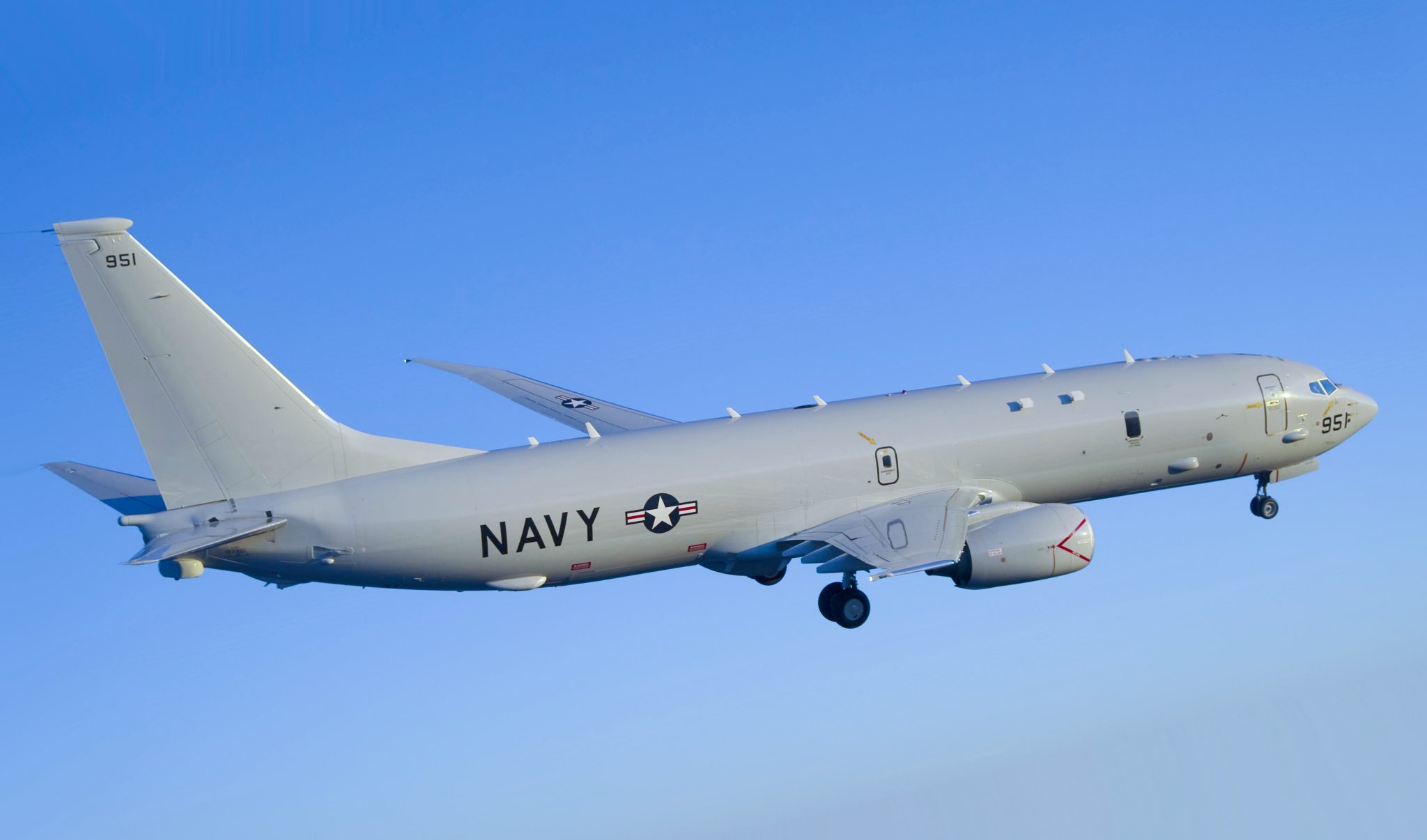This post is also available in:
 עברית (Hebrew)
עברית (Hebrew)
As we have posted earlier, a drone attack was carried out by rebel forces in Syria against two Russian military bases, one was the Air Force base in Khmeimim and another one was a Navy base in Tartus. The swarm was comprised of 13 drones that were launched from over 50 kilometers from their destinations. None of the drones hit their targets – some were shot down by Russian air defense and some were brought down by Russian electronic warfare equipment.
Russia’s Ministry of Defense said that its bases in Syria’s northwestern Latakia province had been the target recently of a series of attacks by small unmanned aerial vehicles carrying miniature bombs, including at least one swarm attack.
The ministry said there were no casualties or damage from the attacks by “small-sized air targets of unknown identity.”
The drone attacks were the first time that “terrorists” had employed a “massed drone aircraft attack launched at a range of more than 50 [kilometers] using a modern GPS guidance system,” the ministry said.
US Joint Chiefs Chairman Gen. Joseph Dunford called his Russian counterpart, Gen. Valery Gerasimov, following the drone attack in Syria, Pentagon officials said, according to military.com.
Marine Lt. Gen. Kenneth McKenzie, the Pentagon’s Joint Staff director, said only that Dunford and Gerasimov had a “frank and cordial exchange of views,” but the phone call came after the Russian Defense Ministry suggested the U.S. may have played a part in the drone attack.
While declining to characterize the phone call, McKenzie stressed that “the U.S. had nothing to do with the attacks on the Russian air base and that’s a flat assertion, and I want to be very clear on that.”
The attacks came about a week after two Russian troops were killed in a mortar attack on Khmeimim.
The Russian ministry said the launch site for the drones was in the southwestern region of Idlib province, to the north of Khmeimim, where several rebel groups operate in the ongoing war against the regime of Syrian President Bashar al-Assad.
While not directly accusing the U.S., the ministry charged that a U.S. Navy P-8 Poseidon surveillance aircraft flew over the general area at the time of the drone attacks, calling it a “strange coincidence.”
The ministry also said that those behind the attacks would have needed help from “countries with high technological capabilities.”
However, it noted that Turkish forces also operate in the general area from which the drone attacks allegedly were launched.
The ministry said letters had gone out to the Turkish forces stressing “the need for Ankara to fulfill its obligations to ensure compliance with the [Syrian] regime for the cessation of hostilities.”
At the Pentagon, McKenzie said Dunford’s phone call to Gerasimov was one of numerous channels that the U.S. uses to “deconflict” American forces operating in Syria in partnership with the anti-ISIS Syrian Democratic forces from the Russian air and ground forces backing the Assad regime.
“We believe that deconfliction is an effective technique to allow us to pursue our goal of destroying” the Islamic State of Iraq and Syria, whose remnants have been reduced to holding isolated areas of Syria’s middle Euphrates River Valley, McKenzie said.


























